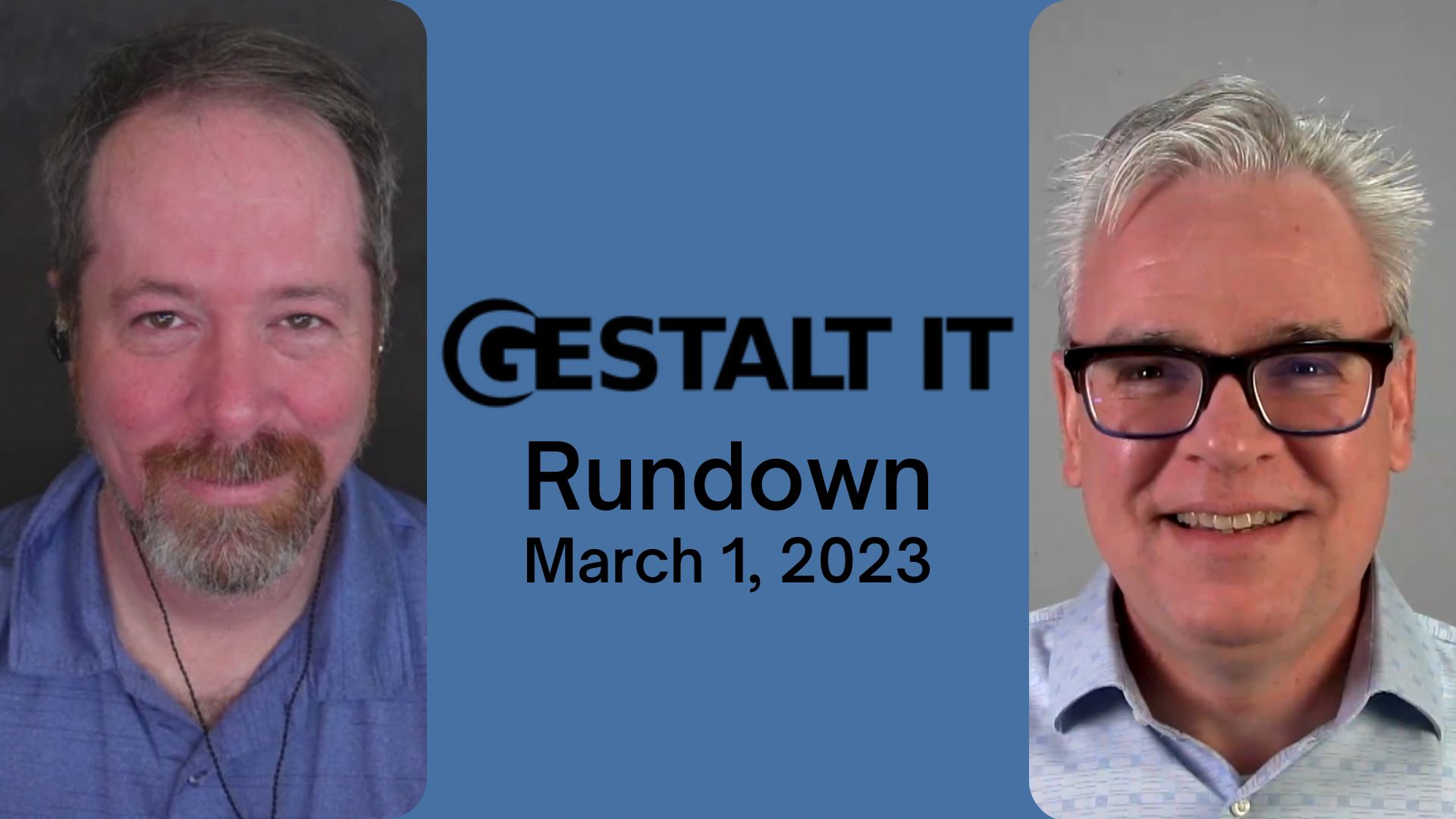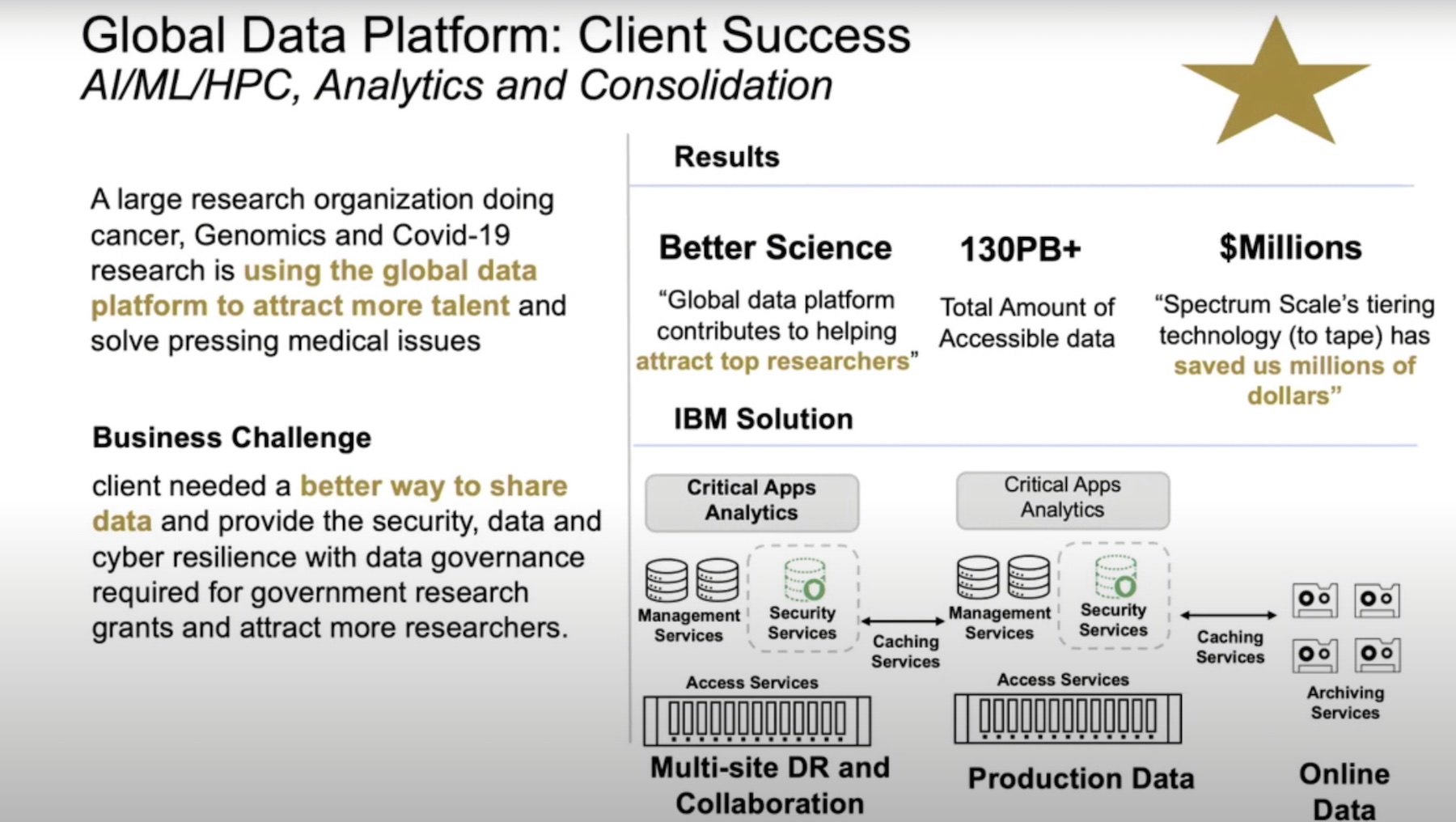Today, IBM alerted the world that they had not fallen asleep at the wheel by kicking out an awfully-impressive midrange storage array, the Storwize V7000. This seems like an excellent device, filled with proven engineering borrowed from the successful SAN Volume Controller (SVC) line of storage virtualization products. But closer examination (and IBM’s own Tony Pearson) reveal that it contains exactly nothing from their Storwize acquisition apart from the name.
SVC 6.1 + Disk Hardware = V7000
Let’s get one thing out of the way immediately: As I’ve said many times (including on stage at Storage Decisions last month), SVC is about the only IBM storage product I genuinely like. Its well-engineered, useful, and performs well. It’s just too bad its native habitat is a jungle of weird and expensive IBM gear.
SVC is really an enterprise storage array without any disks, just as HDS’ USP VSP is a storage virtualization engine with disks. It does all sorts of great things, from thin provisioning to replication to automatic tiered storage to painless migration (once you’re migrated to it, at least). Fibre Channel comes in, magic happens, and Fibre Channel comes out. And it runs on commodity servers, which surely gives IBM a healthy profit margin but doesn’t seem to translate into lower cost for customers.
The new Storwize V7000 is essentially the SVC software running on server hardware that includes both dual controllers and a bunch of internal hard disk drives. This can connect to up to nine “dumb” expansion storage enclosures. Hardware-wise, it’s very like the typical midrange modular storage systems sold by EMC (CLARiiON), HP (EVA), HDS (AMS), and NetApp.
Software-wise the V7000 is all SVC. Much of the software is directly derived from SVC 5.1 (green stuff in IBM’s diagram), while some new tech is mixed in, too. But pretty much everything (green, blue, pink) is shared with SVC 6.1 other than the hardware. It’s just incredible what advanced software running on commodity hardware can do, and IBM is right up there with folks like HP and EMC who are adopting this engineering model.
Where’s the Storwize?
Then there’s that name. This isn’t just the V7000, it’s the Storwize V7000. When I heard the name, I was expecting that it would include some data reduction/optimization/compression/whatever technology from Storwize, the company IBM acquired in July. This would match EMC’s acquisition of Data Domain, Dell’s buy of Ocarina, and HP’s rollout of their cool StorOnce software.
But there’s no Storwize in the V7000 apart from the name. This is a straight-ahead midrange storage system with no special bit-crunching powers apart from the thin provisioning already offered by SVC. I asked the IBM folks about this, and they confirmed that they needed a name and thought Storwize was fitting.
Stephen’s Stance
With everyone and their brother (well, EMC, HP, Dell, and NetApp) rolling out primary storage deduplication, I expect this situation will change. Perhaps “Storwize” will become the IBM equivalent of “StorageWorks” — sprayed across every product. Or maybe it will become IBM’s midrange brand. But sooner or later I expect IBM will include their compression technology, too (I dare not call it “data reduction” or face The Wrath of Tony).
So the Storwize V7000 is a really nice midrange product built on proven software and ought to compete nicely with EMC, HP, and HDS. It’s maybe even a little better than the competing modular storage products. My interest would be piqued, however, by news of a larger scale-out cluster of V7000 systems. The SVC can already scale out like this, with 4-pair I/O groups.
But even without compression and scale-out, I could see myself recommending the V7000 to midrange storage buyers. Good work, IBM! Now, let’s talk about the rest of your storage products…
V7000 Diagram courtesy of IBM







All the V7000 hardware is from Xyratex, which was founded in 1994 and represents an IBM MBO. The V7000 is at first a substitute for the IBM DS5x00, the OEM agreement with LSI should be reduced step-by-step to the IBM DS3x00 low-end.But mainly the V7000 seems to be an IBM-internal competitor for the XIV. The XIV is “pseudo-positioned” for the enterprise segment, the V7000 is now the midrange flagship. But like the SVC the V7000 can be upgraded to four controller pairs with a fourfold number of disk enclosures which is much more capacity then the current XIV. So the Tucson imperium has fighted back against the strange XIV implant and Moshe Yanai has left IBM. You can see this as interesting approach to stimulate the “own” developers.